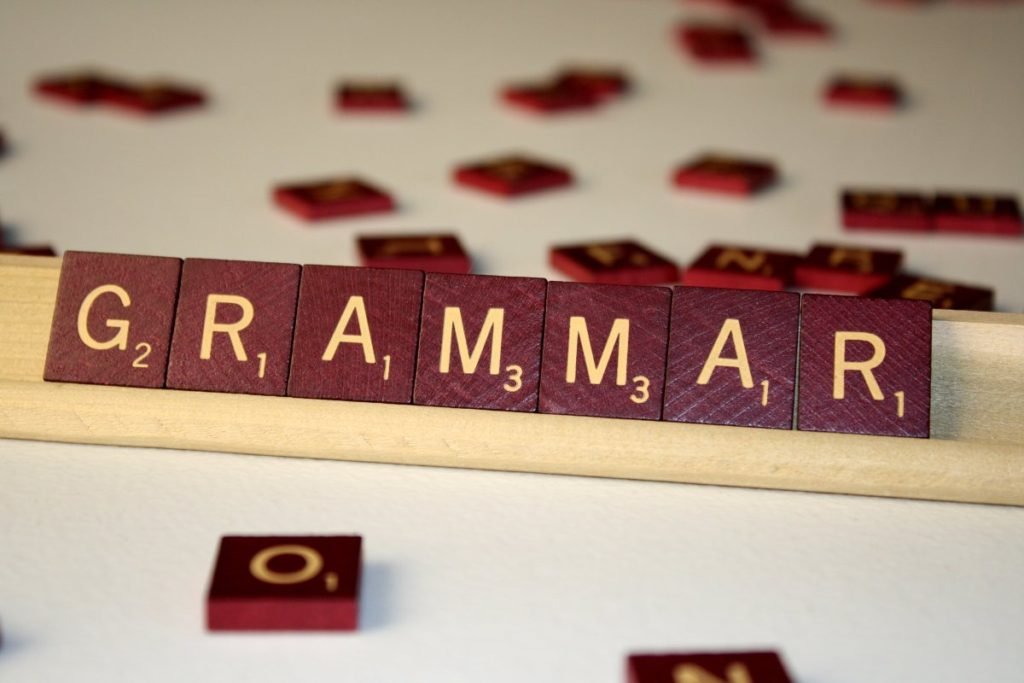
In 1996, in the wake of VCE reform, which introduced into the curriculum the integrated, holistic approach to learning and assessment, Victoria inaugurated another major educational reform of the education system over the eleven years of schooling preceding the VCE Year 11 and 12. With the publication Curriculum & Standards Framework Victorian schools began a process of change towards a new approach to setting of objectives, defining learning outcomes, teaching, assessment and reporting.
The Curriculum and Standards Framework (CSF) provides the basis for curriculum planning in Victorian schools for Years Pre-school – 10 and for reporting student achievement. It sets out the major areas of learning to be covered and describes learning outcomes to be achieved by students. Its content is organised into eight key learning areas agreed nationally. It provides the means for schools to place their work within a structured Statewide context, and provided a common basis for reporting student achievement, broadly defined.
The CSF provided an outline of the major components of the school’s curriculum, and statements of intended learning outcomes that most students would be expected to have reached over the eleven years of schooling from Prep to Year 10.
The major content and process elements are arranged in strands. These strands are learned through seven levels related broadly to the Prep-10 tears of schooling (except in Languages Other Than English). The standards are expressed in terms of ‘learning outcomes’ directly associated with the material described in the curriculum focus. At all levels, but most obviously in the primary years, schools deliver some – if not all – of the components of the CSF in an integrated and holistic way. The CSF is to be understood primarily as a tool for ensuring that in this process all the major areas of the curriculum and planned learning outcomes are attended to.
The CSF adopted the key learning areas agreed to nationally. They descibe important and unique components of the whole curriculum. They are:
The Arts, English, Health and Physical Education, Languages Other Than English(LOTE), Mathematics, Science, Studies of Society and Environment (SOSE) and Technology.
Within each key learning area, the major content and processes are arranged into strands. Each key learning area has a rationale for its strand structure and the relationships among strands. Processes applying across key learning areas are incorporated into strands. They are incorporated with content and concepts as they apply in each key learning area, and are clearly evident in both the curriculum focus and learning outcomes.
CSF Slovenian
In 1995 and 1996, when CSF implementation process was being introduced, Aleksandra Ceferin was Assisstant Principal with responsibility for curriculum and professional development in Victorian School of Languages. In existence since 1935, this state school has regular enrolment of 13 000 students with teaching staff of 600, and offers 40 languages at all levels at 32 Melbourne and country Victoria centres.
With responsibility of introducing CSF in the school Aleksandra Ceferin, used CSF Slovenian Multilevel syllabus as a model for teaching other languages and began to use sample outlines as a method of introducing teachers of other languages into the CSF course development and methodology of teaching and assessment
CSF Slovenian Multi-level syllabus for CSF Levels 2-5, was developed by Aleksandra and Sandi Ceferin. Among one of the very first CSF language syllabi in Victoria, the syllabus incorporated all the elements of the CSF: the three strands: Listening and Speaking, Reading, Writing. It stated the Objectives and defined Learning outcomes. Topics, classroom activities and assessment tasks were well integrated. The syllabus also introduced the multi-level teaching approach, which was well suited to the CSF language study.
This approach was so successful that the idea was taken further. Why not produce CSF Guidelines for individual languages, which could be developed by a course coordinator of the language for the use of VSL teachers.
From this concept sprang the CSF Course Guidelines for Slovenian. It was developed by Aleksandra and Sandi Ceferin and published in 1996.
The document contained a progressive CSF topic 4-10 chart , lists of text-types and language functions and a chart of linguistic elements. It contained a unit of work Going shopping, developed for all CSF levels , a complete CSF Multilevel syllabus, advice on CSF course- and topic- writing and a bibliography of teaching resources.
The CSF Course Guidelines for Slovenian was also used as a model for further seven languages of VSL to construct CSF Guidelines. A unique document at the time, it was used extensively in seminars and course writing workshops across languages and schools throughout Victoria. Sample CSFcourse outlines were distributed widely to provide a much needed guide for the teachers in producing their first CSF syllabi.
!!rther seven languages of VSL to construct CSF Guidelines. A unique document at the time, it was used extensively in seminars and course writing workshops across languages and schools throughout Victoria. Sample CSFcourse outlines were distributed widely to provide a much needed guide for the teachers in producing their first CSF syllabi.
